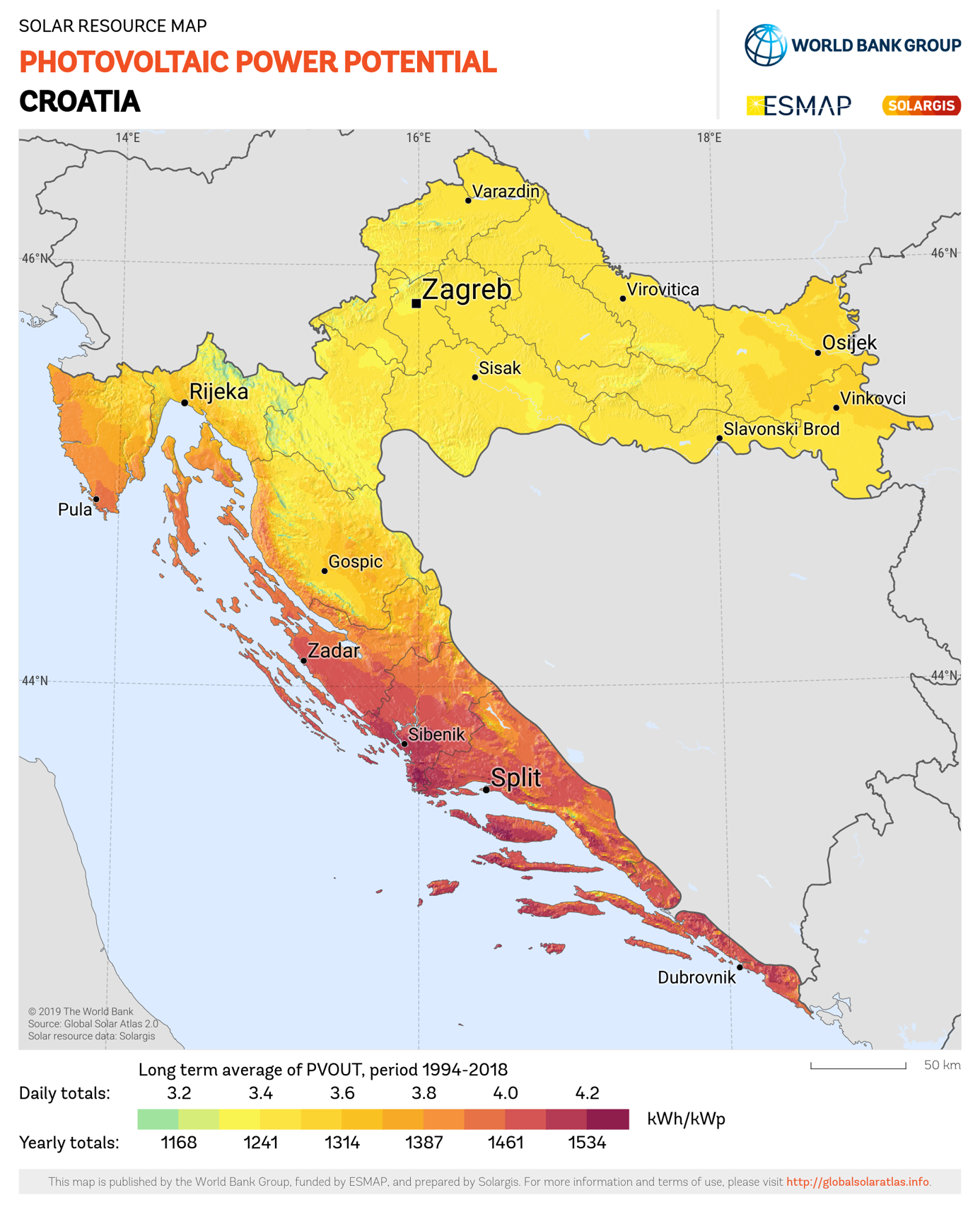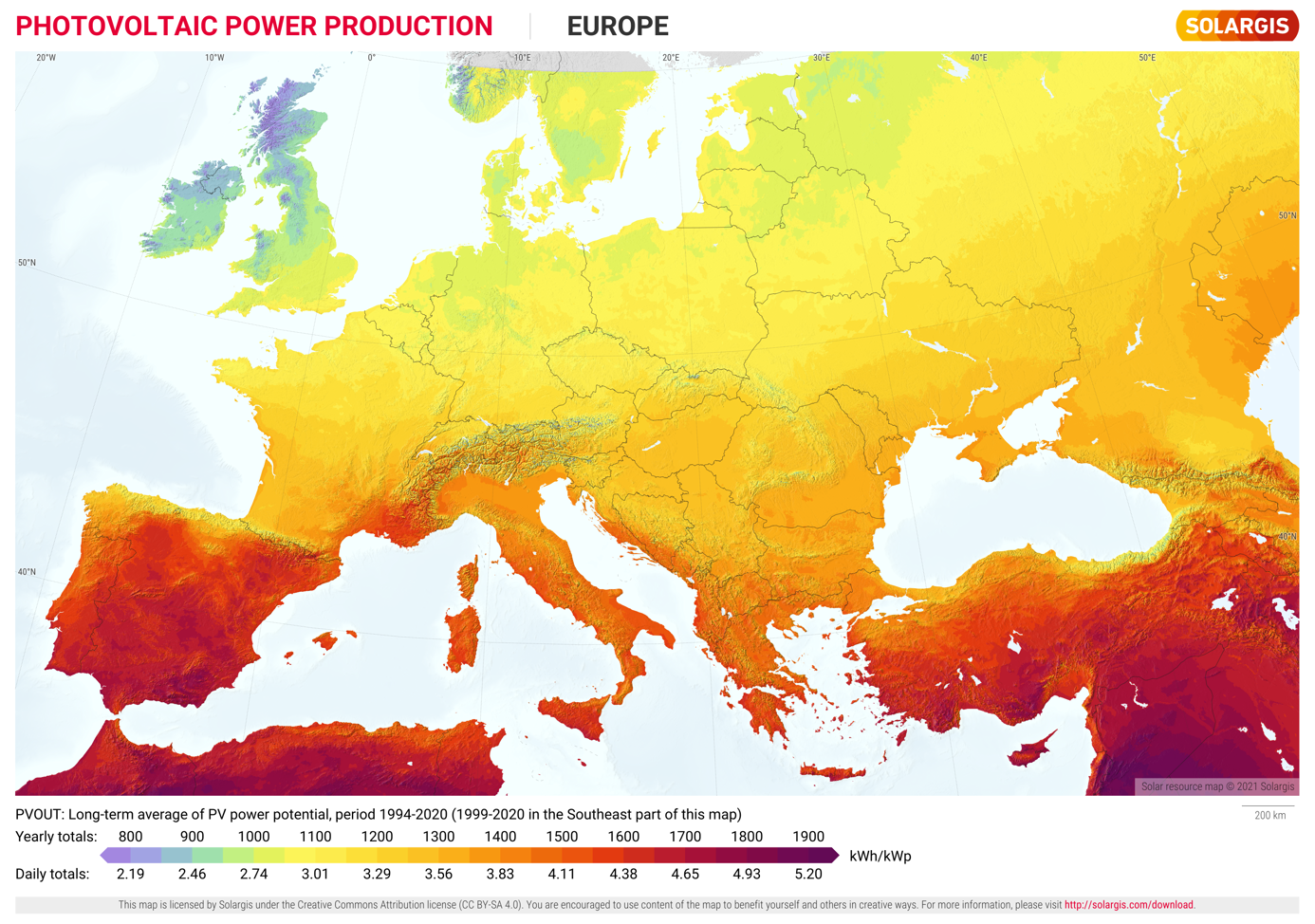Take advantage of Croatia's excellent solar potential with ENNA Next solar power plants
The solar potential across Croatia is exceptionally high, yet its utilization remains below average.
Date publishedSeptember 19, 2024
ENNA Next is the leading company in the household solar power sector, with more than two thousand customers in Croatia who have already chosen to invest in solar energy. ENNA Next offers a turnkey model to its customers, using microinverters and the highest quality Tier 1 equipment that guarantees solar systems' safety, high quality and efficiency.
Due to its geographical position, Croatia has significant potential for solar energy use, particularly along the coastline, which enjoys up to 2700 sunny hours annually, while the continental part has about 2000 hours. On Hvar, the sunniest island in Croatia, there are more than 2800 sunny hours per year, and locals often say that if every house from Sućuraj to the town of Hvar had a solar power plant, it would be enough electricity to power all of Dalmatia.

2020 The World Bank, Source: Global Solar Atlas 2.0, Solar resource data: Solargis.
The solar potential is also high in the northern coastal area. For example, the city of Rijeka boasts an excellent 2250 sunny hours yearly. This untapped solar potential along the Adriatic coast presents a great investment opportunity in clean and sustainable energy, which brings financial benefits and contributes positively to society.
The continental part of Croatia also has very good potential for investing in solar power plants, with about 2000 sunny hours per year, which is above the European average. If it makes sense for citizens of Germany, who have an average of 1600 sunny hours annually, to invest in solar energy, it is easy to conclude the vast solar potential hidden along our coastline. With today's electricity prices and the use of top-notch equipment that provides maximum panel efficiency, the return on investment in coastal areas is expected in about six years, and in continental areas in approximately eight years.

Solar resource map © 2021 Solargis
Enter the location of your property and your monthly electricity bill amount into our calculator to see how much your household could save by switching to solar energy. In addition to financial savings, you can also calculate your contribution to combating climate change, expressed as a reduction in your ecological footprint.